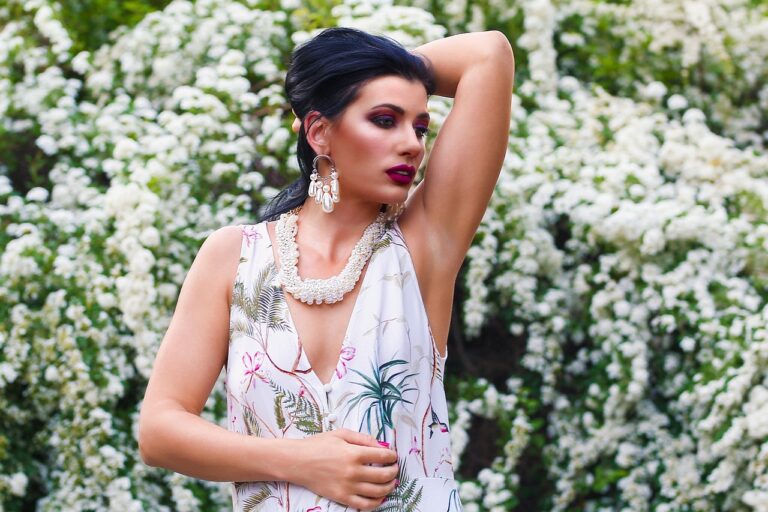Fashion Trends in the Context of Global Events
During times of political unrest, fashion trends often reflect the mood and sentiments of society. In such turbulent times, there is a noticeable shift towards more practical and neutral clothing choices. Bright colors and bold patterns may be replaced by muted tones and classic silhouettes, mirroring a sense of caution and uncertainty in the air.
Additionally, fashion during political unrest tends to draw inspiration from historical or cultural references, as a way for individuals to express solidarity or make a statement. Symbols of resilience, unity, or protest may be incorporated into clothing designs, serving as a form of silent activism or a way to show support for a cause. Accessories like ribbons, pins, or prints featuring iconic figures from past movements are commonly seen during such periods.
Impact of Climate Change on Fashion Trends
One significant aspect that climate change has influenced within the fashion industry is the shift towards sustainable and eco-friendly practices. As the awareness of environmental issues grows among consumers, there is a rising demand for clothing that is produced ethically and with a reduced carbon footprint. Designers and brands are increasingly incorporating recycled materials, organic fabrics, and ethical production processes into their collections to align with this new trend.
Additionally, climate change has also impacted fashion trends through the rise of seasonless fashion. With unpredictable weather patterns becoming more common, consumers are looking for versatile pieces that can be worn year-round. This has led to a blurring of traditional seasonal boundaries in fashion, with designers creating collections that cater to a more timeless and trans-seasonal wardrobe. The shift towards seasonless fashion not only aligns with sustainability goals by reducing overconsumption but also reflects the practical needs of consumers in a changing climate.
How does political unrest affect fashion trends?
Political unrest can lead to shifts in fashion trends as people may choose to express themselves differently through their clothing during times of turmoil.
How is climate change impacting fashion trends?
Climate change is influencing fashion trends by prompting a shift towards sustainable and eco-friendly fashion choices. Designers are also considering the environmental impact of their materials and production processes.
Can you give examples of how climate change has influenced recent fashion trends?
Sure! Recent trends such as the rise of sustainable fashion, the popularity of organic and recycled materials, and the emphasis on seasonless clothing are all examples of how climate change is impacting the fashion industry.
How can consumers contribute to sustainable fashion trends?
Consumers can contribute to sustainable fashion trends by choosing to buy from brands that prioritize ethical and eco-friendly practices, by shopping second-hand or vintage, and by taking care of their clothing to prolong its lifespan.
Are there any upcoming fashion trends that are specifically addressing climate change?
Yes, there are upcoming trends such as the use of innovative eco-friendly materials, the popularity of clothing rental services, and the rise of clothing repair and upcycling initiatives that are all focused on addressing the impact of climate change on the fashion industry.





